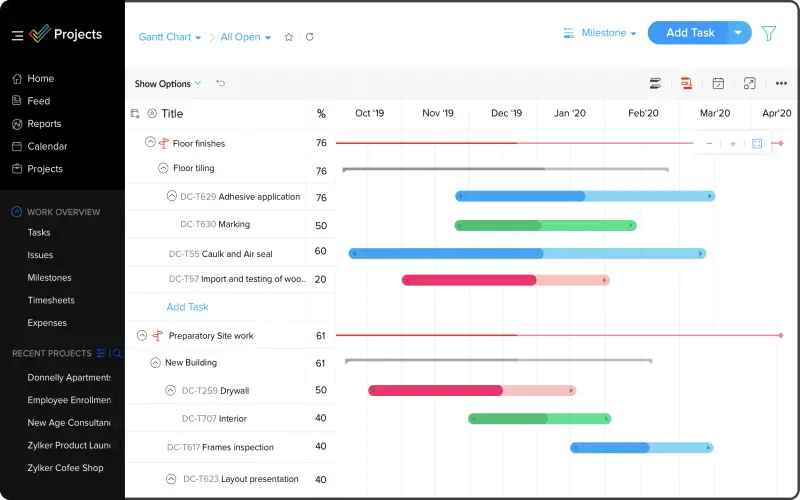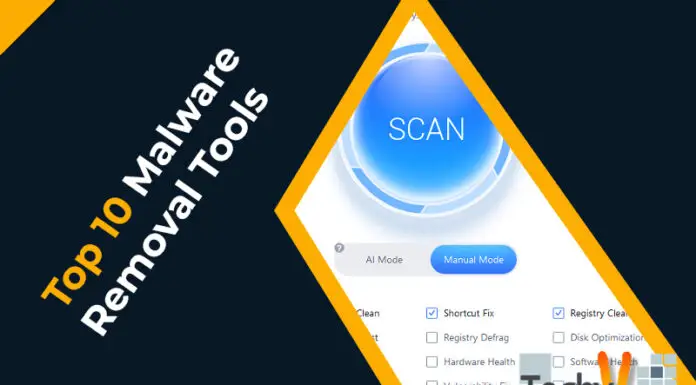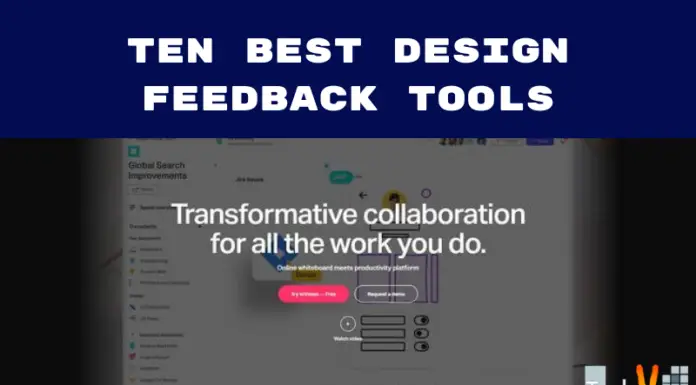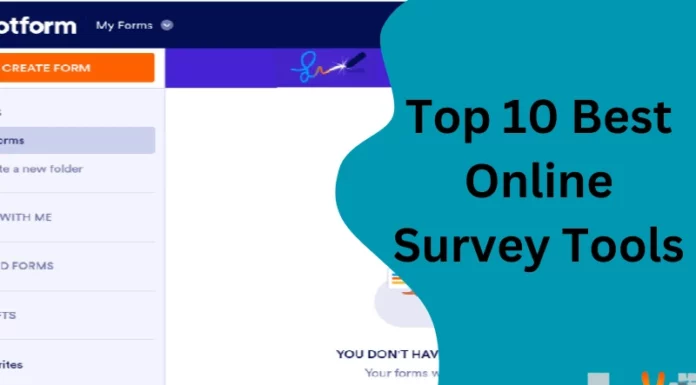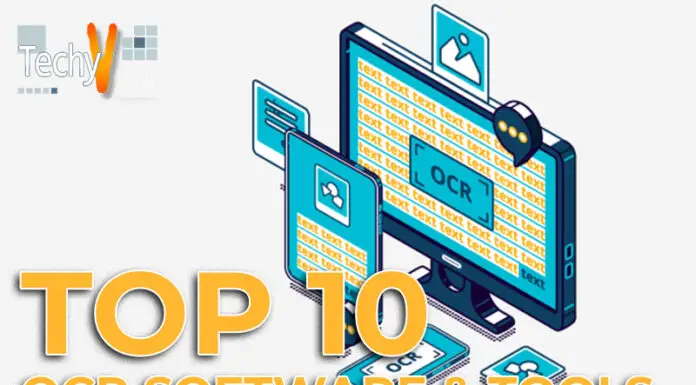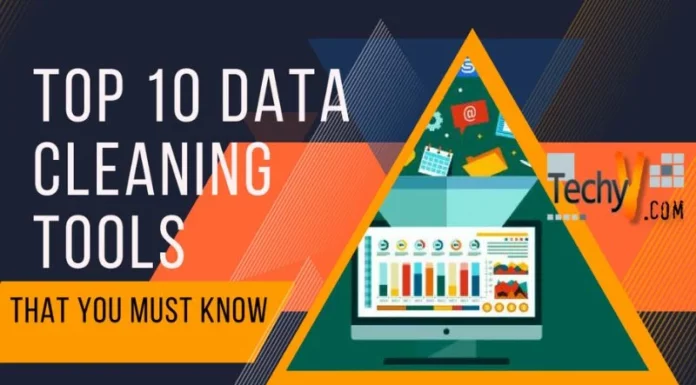Project collaboration and management software is a tool used to speed up your project performance and business. It allows you to focus on the right tasks, helps lower duplicated efforts on similar tasks, and reduces time wastage. Connecting tasks to a broader workflow gets rid of delays and motivates every individual to do their work efficiently. This software helps integrate several other tools such as Slack, Dropbox, and Google Drive, into one platform, making your project manageable. It serves as a documentation tool to file project status and is required without much manual labor. Project management software is available on almost all platforms this brings together people, goals, and initiatives throughout your organization. Storing data within the cloud ensures protection, and scalability, and reduces the chances of losing sensitive data or user information. Now, let’s look at the Top 10 Desktop Tools for Project Management and Collaboration.
1. Asana
Asana is not an ordinary project management software, it is a complete project control system for big corporations. It helps us combine all responsibilities, important rules and regulations, and approaches into the workflows. Using Asana, you can combine your favorite tools, set goals that connect to all duties, use automation to save time, use pre-made project templates, generate computerized reporting, and make sure of safety. It’s more than a simple project control system, it is a comprehensive tool for organizations and companies.

2. Monday.com
Monday.com is a team control platform that comes with regular updates and a laptop version software which was released in mid-2020. Its software interface is similar to the website but does not support offline functionality, so will have to connect it to the internet for work. The computer is a bit slower in navigation and loading, so have some patience. It integrates with various apps like Slack, Google Drive, Gmail, and more through a paid Zapier plan. You can use monday.com for free with up to 2 customers, and paid plans begin at $6 per person with a 14-day free trial at the beginning.
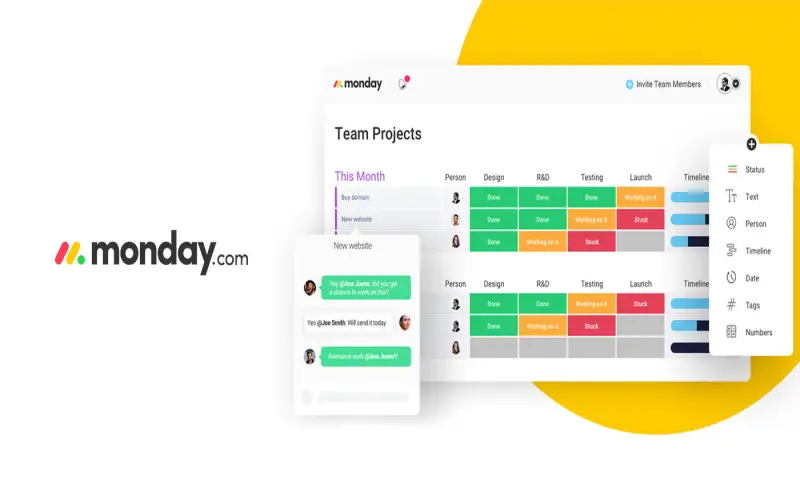
3. Smart Sheet
The smart sheet is used by large manufacturers like Cisco, Uber, and Lego. They provide you with tools and programs as a Chrome app integrated with Google apps enabling as to import data from Google Drive. The desktop application is usable but according to me not very user-pleasant. It allows us to create workflows, control projects, and edit dashboards. It also lacks an offline mode like monday.com. The smart sheet can effectively integrate with Microsoft and Google apps, Jira, Salesforce, Slack, and greater, and also through an API and webhooks.
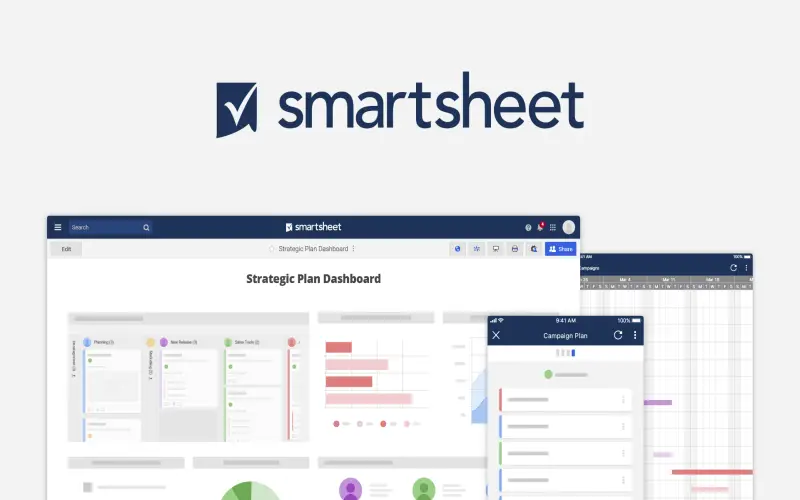
4. Hive
Hive is a New York-based company that focuses on team productivity and is popular for its consumer-friendly design and processes. Many users find it easy to use and navigate which makes it a great preference as your team members grow. It has a simple interface that lets you find what you want with only a few clicks. But, it requires an active internet connection to work like most other software in the market. Hive also offers integration with popular tools like Google Drive, MS Teams, Slack, Salesforce, and Jira via a paid plan.

5. Trello
Trello makes use of a Kanban (Japanese system) with columns and playing cards to control initiatives. You move cards through columns as you complete responsibilities. For example, you may create a few columns for planning, writing, and editing. Then place and move cards into these columns as you go through your progress in the project (work). Trello’s interface is very simple to use, but it does not have different methods like Gantt charts or calendars. It also lacks monetary tools and phone support in its various plans.
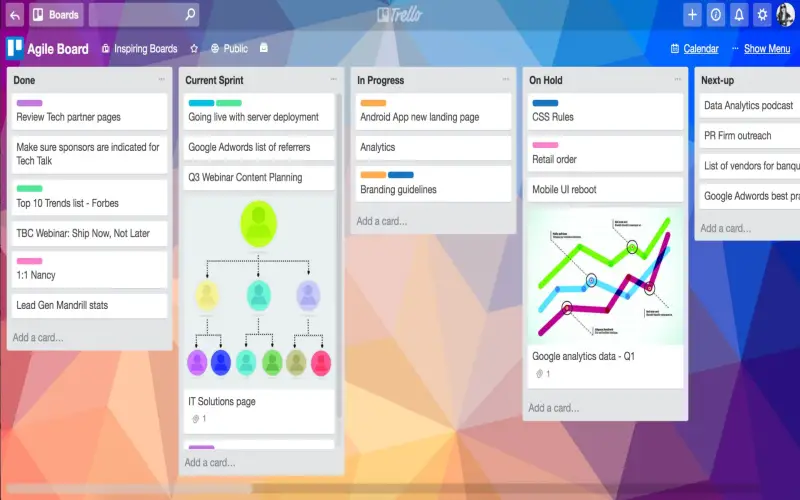
6. Zoom
Zoom is a very famous and reliable video conferencing tool used by several people and corporations such as people, small businesses, instructional institutions, and more. It has hands-on tools that provide options such as joining, scheduling, and sharing conferences. Meeting viewers can join the meeting without a Zoom account, and we can use capabilities like a whiteboard and chat privately or publicly in the meetings. However, zoom underwent a security breach which included password leaks and uninvited guests disrupting meetings, but they have regained their value in the market. Customer carrier response times were gradual due to a big boom in customers through the pandemic.
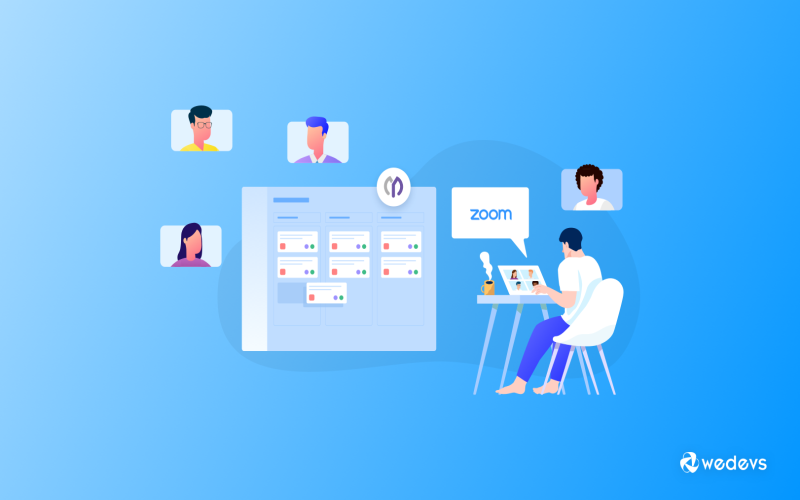
7. Slack
Slack is a flexible chatting tool for teams of all sizes, from basic teams to Fortune 500 businesses. You can use it directly from a web browser, computer app, or mobile app. Slack has various ways of communication such as separate channels, or have non-public chats via direct messages, and sharing files. It organizes your conversations, channels, and direct messages in a left-hand menu, even as the chat interface displays messages sequentially, allowing you to connect documents and pictures. I have personally used it, and it works great.

8. Microsoft Whiteboard
Microsoft Whiteboard is a cloud-based software that comes preinstalled in Windows most of the time. It is used for brainstorming and making visuals that may be viewed live by your team from anywhere. It can securely store your progress and visuals in the cloud so that there is no need to take snapshots of whiteboards. The interface is really simple with equipment like a pen, highlighter, eraser, and item selector. Participants could make adjustments using a mouse or touchscreen on a computer or virtual gadgets.
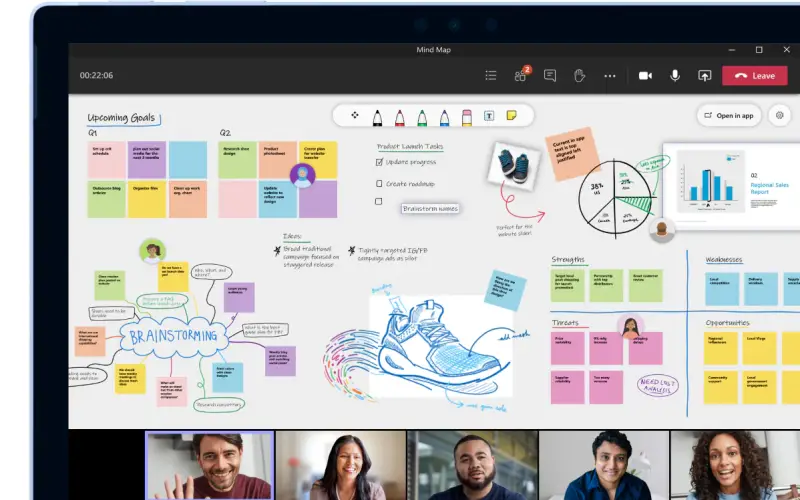
9. Zapier
Unlike other tools in the list, Zapier is not a standalone collaboration tool, but it connects various software programs through Zaps to permit them to communicate and create a workflow. For example, if you get an e-mail with an attachment in the Gmail application, a zap uses automation and then copy the attachment to Dropbox and notify you in Slack. Creating a single-step zap is easy: you become aware of the software to connect and set a cause within the first app, and a movement inside the second app.

10. Zoho Projects
Zoho Projects is a complete project control and management tool that helps teams collaborate, mark progress, and set cut-off dates correctly. It is very customizable and provides features like time tracking, challenge lists, timelines, milestones, analytics reports, and useful resource allocation. You can create tasks into a list form and then assign them to team members, change it to tasks, and collaborate, set calendar integration, and notifications. It also provides file storing, and Gantt charts which may help you in visualizing project tasks and reports. It makes development accessible from anywhere using the cloud.
